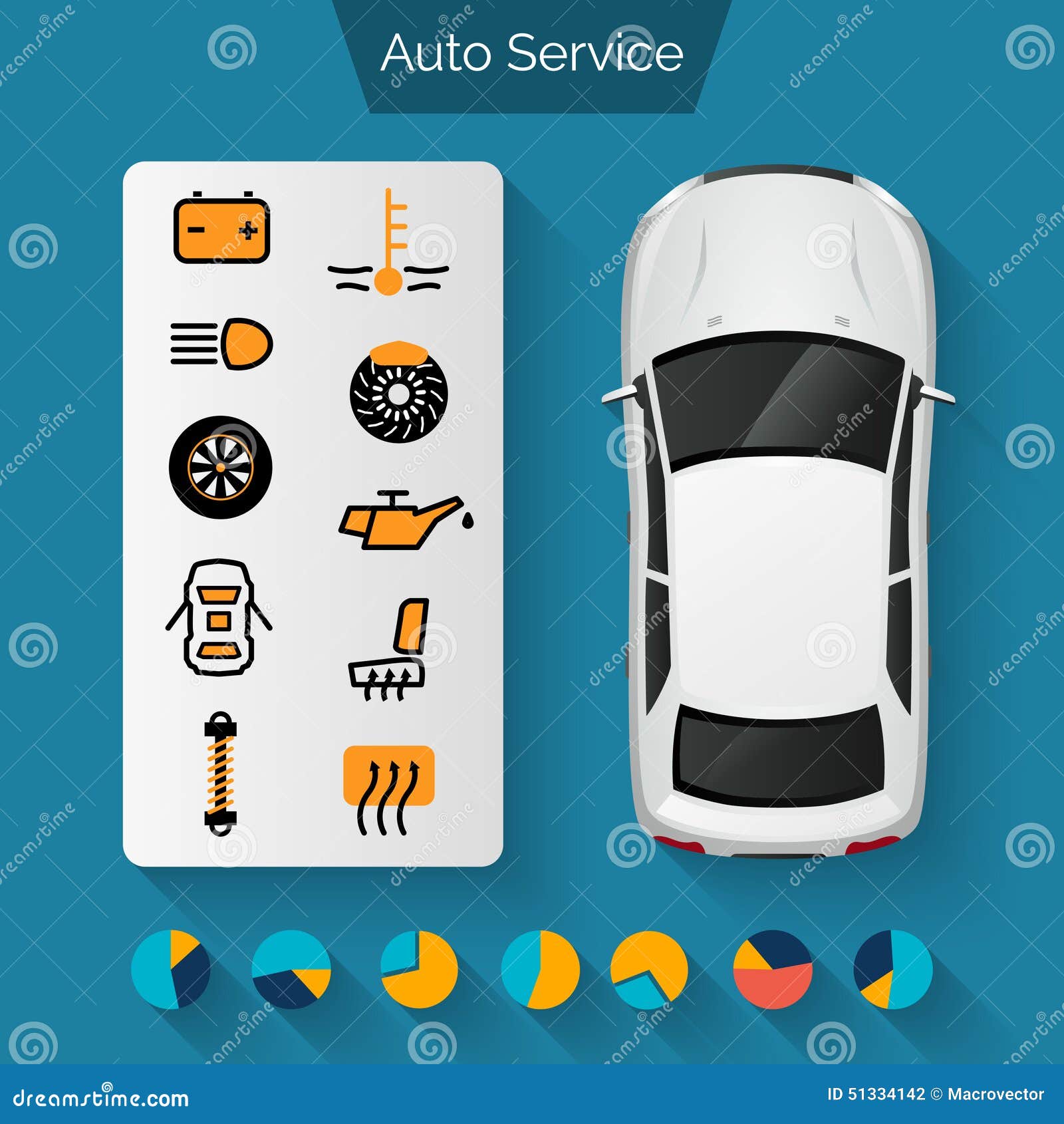Assessing Your Car'S Caution Indicators: What They Actually Convey
Assessing Your Car'S Caution Indicators: What They Actually Convey
Blog Article
Material By-Hartley Dalgaard
When you're behind the wheel, those radiant warning lights on your control panel can be a little bit puzzling. Do you recognize what they're attempting to inform you regarding your vehicle's health and wellness? Understanding https://beckettdytsm.ziblogs.com/30298761/kicking-off-your-eco-friendly-car-describing-trip-with-lasting-items-and-strategies-discover-exactly-how-to-care-for-your-vehicle-while-looking-after-the-planet of these lights is crucial for your safety and the longevity of your lorry. So, the next time among those lights appears, would not you wish to analyze its message properly and take the necessary actions to address it?
Common Warning Lights and Interpretations
Recognize usual caution lights in your auto and understand their definitions to make sure secure driving.
One of the most common warning lights consist of the check engine light, which signifies concerns with the engine or emissions system. If this light begins, it's essential to have your lorry checked promptly.
The oil stress alerting light suggests reduced oil stress, calling for prompt attention to prevent engine damages.
A blinking battery light could suggest a faulty billing system, potentially leaving you stranded otherwise resolved.
The tire stress monitoring system (TPMS) light notifies you to low tire stress, influencing car stability and fuel efficiency. Disregarding this could lead to dangerous driving problems.
The abdominal muscle light indicates a trouble with the anti-lock braking system, compromising your capacity to stop promptly in emergencies.
Last but not least, the coolant temperature alerting light warns of engine getting too hot, which can cause severe damage otherwise resolved swiftly.
Recognizing Web Site will certainly assist you address issues quickly and maintain secure driving problems.
Significance of Prompt Attention
Comprehending the typical caution lights in your automobile is only the initial step; the significance of without delay resolving these cautions can not be emphasized sufficient to ensure your safety when driving.
When a caution light illuminates on your control panel, it's your vehicle's way of communicating a prospective issue that needs focus. Ignoring these warnings can bring about extra severe problems in the future, jeopardizing your safety and potentially costing you more in repairs.
Trigger attention to cautioning lights can prevent breakdowns and crashes. As an example, a flashing check engine light might show a misfire that, if left unattended, might cause damages to the catalytic converter. Resolving this immediately can conserve you from a costly fixing.
Similarly, a brake system advising light could signify low brake liquid or used brake pads, important components for your safety and security when driving.
DIY Troubleshooting Tips
If you observe a caution light on your control panel, there are a couple of do it yourself troubleshooting ideas you can try before looking for professional help.
wash detail car is to consult your automobile's handbook to understand what the specific warning light shows. Sometimes the issue can be as basic as a loose gas cap setting off the check engine light. Tightening up the gas cap might fix the trouble.
An additional usual issue is a reduced battery, which can cause various warning lights. Inspecting the battery links for deterioration and ensuring they're protected could take care of the issue.
If a warning light lingers, you can try resetting it by disconnecting the cars and truck's battery for a couple of minutes and after that reconnecting it. In addition, examining your vehicle's liquid levels, such as oil, coolant, and brake liquid, can assist repair alerting lights connected to these systems.
https://www.dakotanewsnow.com/2022/03/30/car-rentals-harder-find-with-auto-parts-shortage/
In conclusion, comprehending your car's caution lights is essential for maintaining your vehicle running smoothly and securely. By promptly dealing with these alerts and knowing what they suggest, you can avoid pricey fixings and potential failures.
Bear in mind to consult your auto's handbook for particular details on each alerting light and do something about it appropriately to ensure a hassle-free driving experience.
Stay notified, stay secure when traveling!
